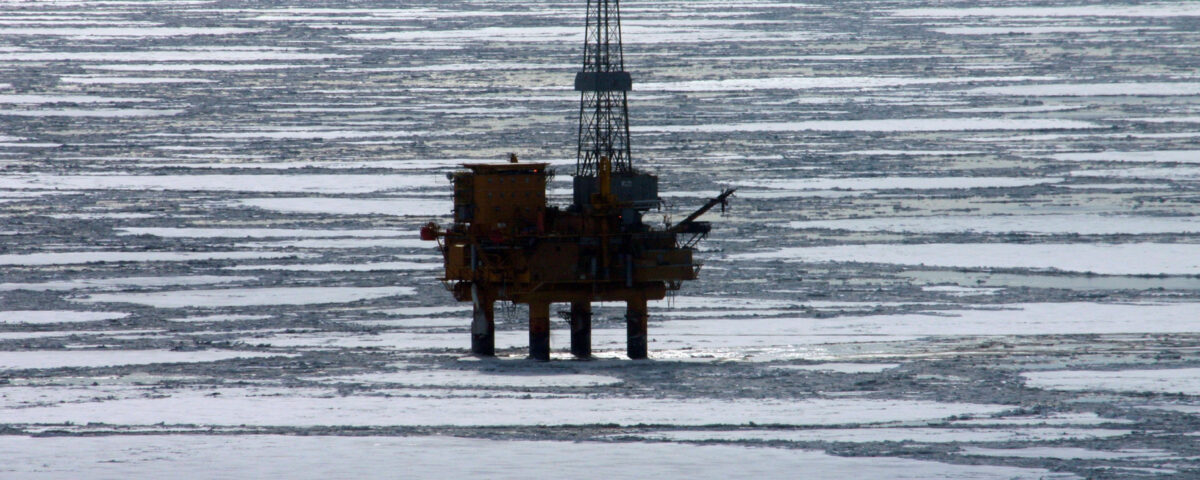Cook Inlet Physical Oceanography

PROJECT
Cook Inlet Physical Oceanography
Background
Oil development has been occurring in Cook Inlet since the 1960’s. Hazards associated with older infrastructure and the continued interest in further development in the region pose the possibility of an oil spill. Since oil spill trajectories are dependent on the ocean currents it is important to understand the factors driving those trajectories.
Method
Scott Pegau at PWSSC is a subcontractor on this project and is reviewing and organizing existing physical oceanographic data including water temperature, salinity, and velocity measurements from moorings, surveys, high-frequency radar, and drifter deployments. These measurements are being used to identify gaps in our measurements that prevent understanding the circulation patterns. The project team at the University of Alaska Fairbanks is also conducting model runs without particular forcing, like winds or freshwater, to see the effect on circulation. A small field measurement effort is planned.
What We Are Learning
We are finding that our understanding and ability to model freshwater inputs greatly affects the salinity output of the models. By being able to turn off forcing factors, such as freshwater, we better understand the factors that are most important to the surface circulation.
PRINCIPAL INVESTIGATOR
Tyler Hennon
University of Alaska Fairbanks
tdhennon@alaska.edu
Seth Danielson
University of Alaska Fairbanks
sldanielson@alaska.edu
RESEARCH PERIOD
2022-2025
FUNDING
Bureau of Ocean and Energy Management




